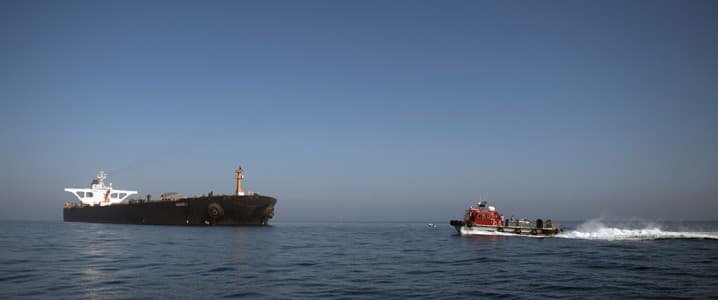Iran is maintaining crude oil supply by loading tankers one at a time and repositioning floating storage closer to Asia, two vessel tracking firms told Reuters, as the country seeks to preserve a vital revenue stream while under Israeli attack.
Loadings at Kharg Island reached roughly 2.2?million barrels per day in recent days, a five-week high, while up to 8?million barrels of floating storage were shifted toward waters near China and Singapore, according to Bloomberg.
The logistical changes are part of a broader strategy to insulate Iran’s oil exports from military disruption. Shadow fleet tankers and offshore reserves allow Tehran to maintain flows despite rising freight rates and insurance premiums. VLCC charter costs have surged more than 130% as many operators avoid the Strait of Hormuz altogether.
Iran began accelerating shipments following Israeli airstrikes that targeted key energy infrastructure, prompting what OilPrice described as a “cargo clearout” to mitigate risk and secure revenue before further escalation.
While geopolitical risks remain elevated, global oil markets are holding steady. West Texas Intermediate hovered near $76 per barrel on Thursday, supported by expectations of continued oversupply through late 2025, per IEA forecasts.
Still, analysts warn that a closure or disruption of Hormuz—the route for one-fifth of global oil—could force prices well above $100, particularly if U.S. or Israeli actions escalate.
Iran’s ability to sustain exports without full port access underscores how wartime logistics, shadow tanker networks, and offshore storage are becoming key instruments in global oil security. That model, while effective for now, leaves markets exposed to even minor miscalculations in the Gulf.
By Charles Kennedy for Oilprice.com
More Top Reads From Oilprice.com

